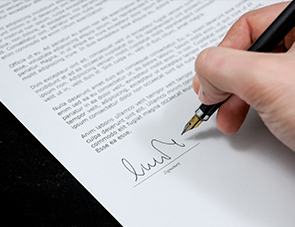What is a Cover Letter?
The cover letter is a one-page document sent along with your job application, detailing the skills and expertise suiting you for tenure at a company.
- It’s important to stray away from simply repeating the information found on your resume.
- The cover letter provides out with the chance to match an employer’s requirements with specific information demonstrated elsewhere throughout your application.

The cover letter can be thought of as a sales pitch marketing your credentials and helping to ensure you land an interview.
Of course, as with any sales pitch, you need actual data to substantiate your case- in this context the resume- while also giving yourself the chance to bring up new or unique qualifications.
Why Bother
At first you may be tempted to feel as though your resume casts a complete picture of your application, and therefore, that any additional supplement such as the cover letter is unnecessary. Simply put, that is not the case! The cover letter serves an integral purpose: presenting a personal appeal as to why you should be hired.
CAREER
TIP
Even if a job listing does not explicitly request the inclusion of a cover letter, you should always attatch one to your resume as a way of signifying interest in a position.
While the resume may suffice in showcasing objective achievements, the cover letter truly shines through in letting your employer know why you care about the company and how you can make a difference to the people working there.
The Employer’s Perspective
In general, employers use an applicant’s cover letter as a way to gauge whether to move onto the interview phase. The resume will likely be looked over first, in attempts for the employer to filter out a large portion of unqualified applicants, before the cover letter is honed in on and looked at with more scrutiny.
- Whereas the sends a sense of achievement and finality, the cover letter draws on the power of personal appeal.
- Resume managers will look over cover letters hoping to hear responses to specific guidelines or requirements set forth in the job listing.

Content Included
Typically, the cover letter is used to showcase your passion for a position or company, and to carry through this message, relevant qualifications are highlighted.
- Respond directly to the job listing by elaborating on what qualifications set you apart as an applicant.
It’s worth bearing in mind that the cover letter is meant to bridge the data-oriented and factual resume to the subjective, and people-oriented interview phase.
- Try to think of how you can incorporate aspects of your personality, complimented with specific career highlights.
Sections
The ordering of the sections layed out below is not set-in-stone. In fact, we would recommend customizing these sections however you see fit. With that said, a general rule of thumb is to stick to an order that is logical and seemless.

1.Greeting: Much like a traditional letter, formally address yourself to whomever posted the job listing.
- Be sure to use the correct prefix (Dr/Mr/Mrs/etc.) and to address the letter to the right individual.
2.Opening: The inclusion of an opening paragraph helps with breaking-the-ice with your employer.
- Additionally, it serves the purpose of highlighting your skills, specifically relating to how they demonstrate candidacy for a particular job.
3.Hook: With your skills out of the way, go over your employment history or past achievements, as related to the job you’re applying for.
- This all-so-crucial component serves the purpose of elaborating on aforementioned skills and bringing a sense of substance to your application.
4.Skills: Mix functional and chronological elements by elaborating not only on your past achievements, but also on what skills you have garnered in the process.
- Whereas the opening section gave the opportunity to bring up specific skills mentioned in the job listing, you may consider furthering to detail on other miscellaneous skills or certifications, which set your application apart and provide a sort-of “call-to-action”.
5.Closing: The closing, a mostly self-explanatory section, takes the form of recapping your skills and strengths, according to as previously mentioned in the rest of your application.
- A key component found in this section is your contact information.
- We would recommend 2 or 3 mediums, such as email, social media, telephone, or address.
CAREER
TIP
Aside from the placement of particular sections, it's worthwhile to bear in mind your choice of format, which should take a variety of factors into account.
Information to Exclude
Lengthy Paragraphs
Avoid falling into the habit of elaborating too extensively on past employment history or skills.
- TRemember, the cover letter serves as a brief introduction or personal appeal; you do not need to cross into territory reserved for the resume.
Anything That is Untrue
Even a subtle or relatively insignificant lie can send your application directly to the rescind pile.
- Betraying the resume manager’s trust is perhaps the single-most sure-fire way of missing out on your chances for a job position.
- Think about it this way: if an employer can’t trust the authenticity of your information, how can they expect to delegate trust to you as a potential employee?

Salary Requirements and/or Expectations:
While on the one hand, we would recommend to openly express directness and honesty with your employer, overly blunt salary requests can throw off your entire application.
- You want to establish your respect and willingness to compromise with a resume manager.
- Show to them that negotiation is worth your time and that you’re willing to budge for the right position, as doing so will nudge a sense of demonstrated interest to the employer.
Personal Details
The cover letter is a brief, concise, and to-the-point overview of your past experience and interest in a particular position, not a run-down of your family history or a detailed synopsis of your favorite pass times.
- Show respect with regard to the resume manager’s time: keep your information focused on the subject at hand.
Lack of Qualifications or Overwhelming Interest
The key takeaway when filling in your cover letter is to flatter your own achievements, while also sticking to a level of professionality and established respect expected by a resume manager.
- Veering too closely to either end of the spectrum may make the employer feel uncomfortable in their ability to work with you as an employee.
Styling
When it comes to your choice in styling options, the tolerance is fairly conservative. A primary focus is keeping content readable and an overuse of colors or patterns may detract from readability features.
Length:
- Stick to three or four paragraphs at the most, totaling up to a length no greater than a page. Adjustment of margins can help with reducing the size.
Font:
- Simple, easy-to-read fonts display information in an efficient and clear format.
- Try to focus on selecting a font that focuses on simplicity over fanciness.

Margins:
- Our standard recommendation for business letter margins is 1”.
- However, in the case that your letter needs to be condensed, side margins of ¾” or ½” may clear up some much-needed room.
Proofread:
- A minor grammar mistake may send the signal of a lack of precision or attention-to-detail to your employer.
- Be sure to get a trusted friend, family member, or coworker to look over and lend you suggestions.
CAREER
TIP
Our vast collection of cover letter samples, may help you fill in a more vivid understanding of styling options.



